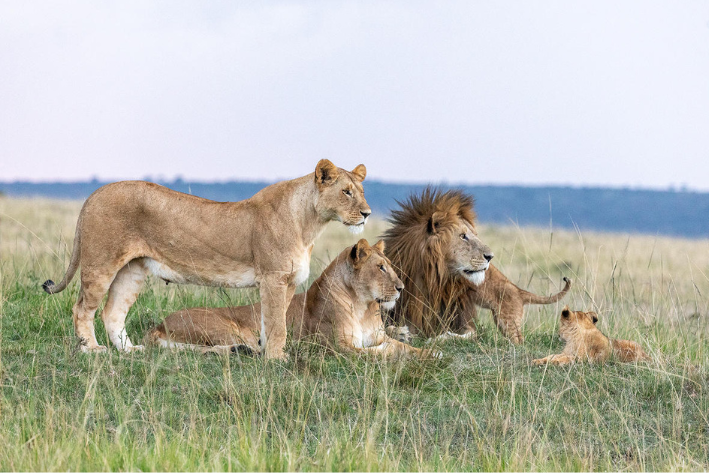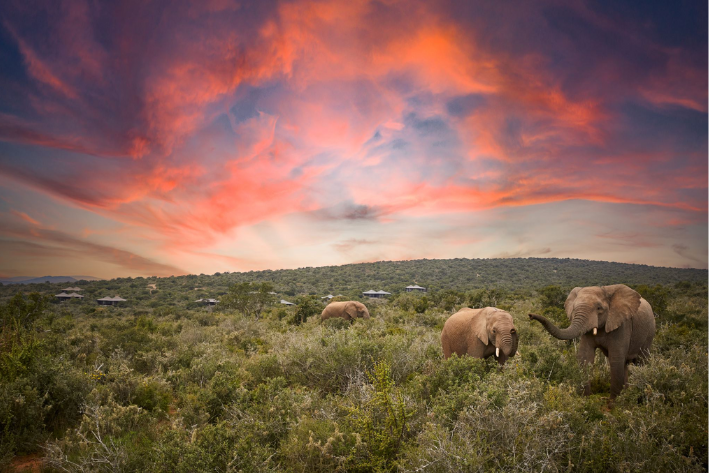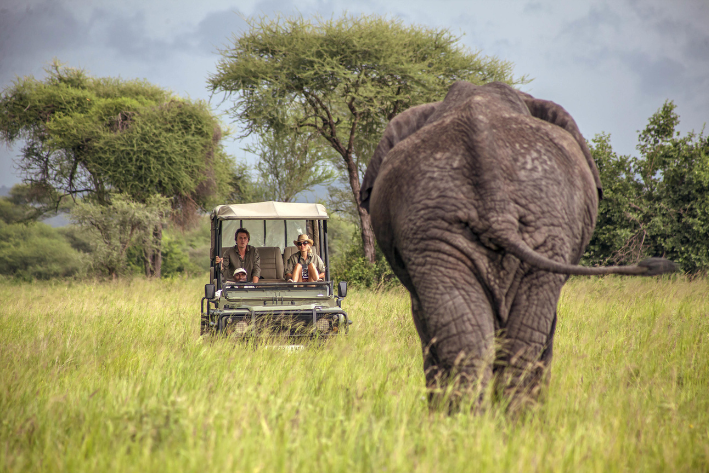A guide to Gorilla Tracking
The thrill of seeing these great primates in the wild is unbeatable
One of the biggest bucket-list safari experiences in the world, getting up-close and personal with gorillas in their natural habitat is a truly moving experience that creates indelible memories for all who undertake the “great trek” to see these magnificent creatures….
Whether it’s mountain gorillas in Rwanda or Uganda or western lowland gorillas in the Congo, having the absolute privilege of spending time with these incredible primates is worth every moment of the often arduous journey needed to locate them.
The world’s largest living primates, gorillas share 98% of their DNA with homo sapiens and after bonobos and chimpanzees are humankind’s closest relatives. They are also among the most critically endangered wildlife species on the planet and their very future depends on tourism-funded conservation programmes, which makes gorilla trekking an absolute must in our books.
Doing your bit for the conservation of gorillas is also one of the most rewarding safari experiences in Africa, even if it is not for the faint of heart or physically unprepared! Make no bones about it, trekking to see gorillas can be a slog that tests your stamina and takes you about as far from your comfort zone as you can get. But the pay-off is an hour spent observing one of the most mesmerising animals on our planet that will literally change your life and the way you view everything in it.
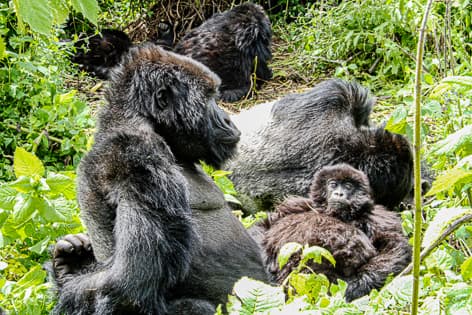
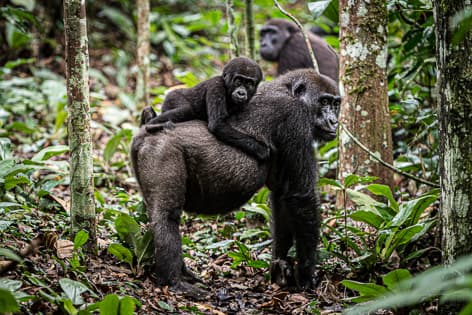
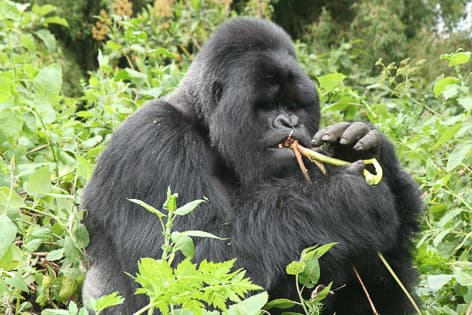
Welcome to the jungle – where to go trekking…
Around 1000 mountain gorillas are left in the wild, spread fairly evenly across the Virunga Mountains which straddle Rwanda, Uganda and the Democratic Republic of Congo. Mountain gorilla trekking is a major part of the tourism fabric of both Rwanda and Uganda so the choice of which to choose is an entirely personal one. There is no “right” or “wrong” choice here, so let’s look at the stats…
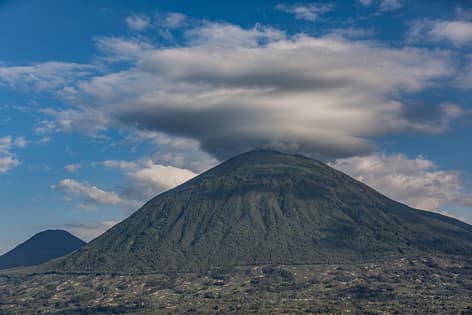
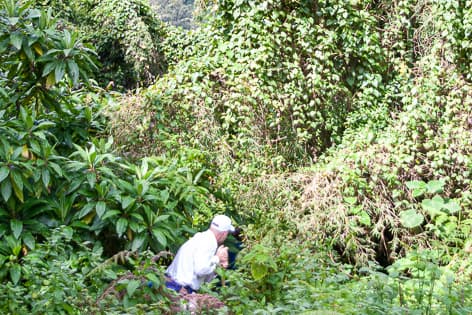
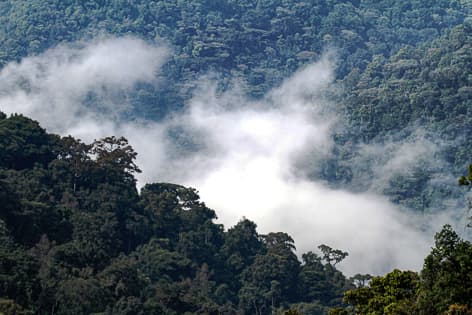
Gorilla tracking in Rwanda
In Rwanda, the gorillas are found exclusively in the Volcanoes National Park which is located in the north-west of this landlocked country, close to the borders with neighbouring Uganda and the Democratic Republic of Congo. Perhaps the easiest of all gorilla trekking locations to reach, being just a couple of hours’ drive from the Rwandan capital of Kigali, this is the land of “Gorillas in the Mist” fame – towering dormant volcanoes covered in lush montane forest shrouded in cloud cover made famous by legendary primatologist Dian Fossey.
Volcanoes National Park is currently home to 12 gorilla families that have become habituated to human encounters. Ten of these are accessible to tourists and eight permits per gorilla family are issued each day by the Rwandan authorities. Trekkers must be older than 15 and in good health – be warned, if you have even the slightest hint of a cold or anything contagious, you will not be allowed to trek as these wonderful primates are susceptible to illness and what for us is a common cold can be a death sentence for a gorilla. A maximum period of one hour is spent with the gorillas.
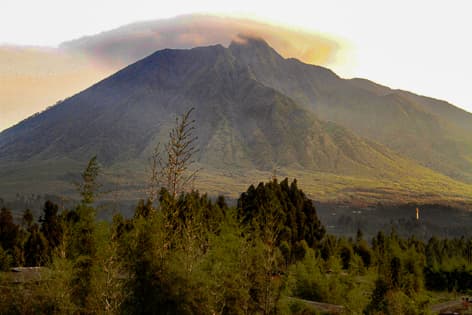
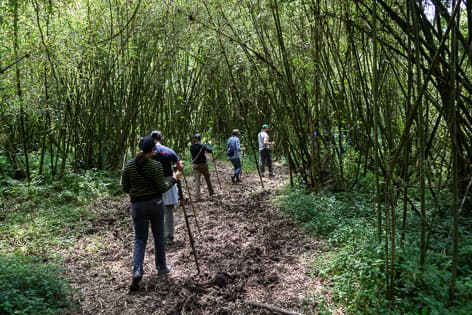
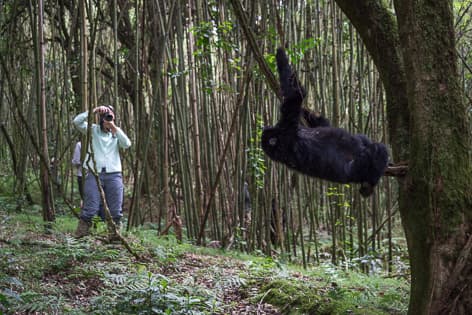
Gorilla tracking in Uganda
In Uganda you can trek to see mountain gorillas in the Bwindi Impenetrable Forest and Mgahinga National Parks, both of which are around an eight-hour drive from the capital of Entebbe. In Bwindi, which is twice the size of Volcanoes National Park in Rwanda, there are 12 habituated mountain gorilla families with a further two available for gorilla habituation experiences. These habituation experiences offer trekkers the chance to spend four hours with guides and scientists who are working on habituating the families for human encounters.
In the much smaller Mgahinga, where viewing can be exceptionally difficult, there is just one habituated family. The rules and regulations for gorilla trekking in Uganda are identical to those of Rwanda. The only difference between the two is the cost of the permits, with Rwandan permits costing considerably more than Uganda’s.
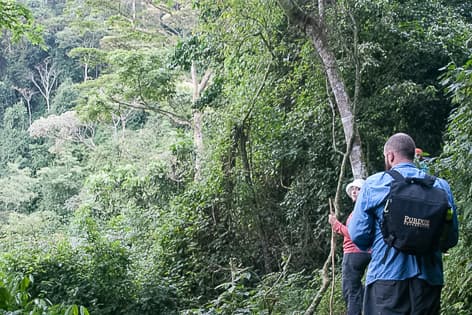
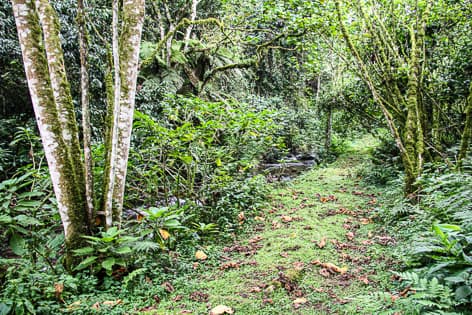
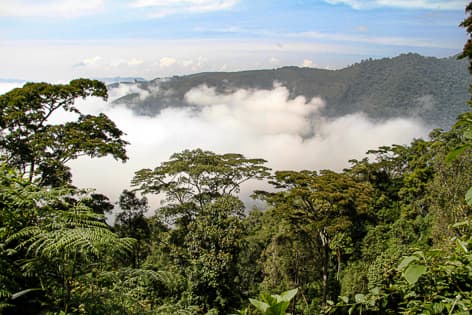
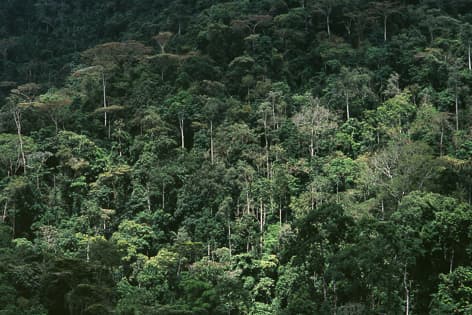
Gorilla tracking in the Republic of Congo
In the Republic of Congo, tracking lowland gorillas takes place in Odzala-Kokoua National Park in the heart of the Congo Basin and in Dzanga-Sangha Special Reserve in the Central African Republic. Lowland gorillas are somewhat smaller and more agile and mobile than their mountain cousins. A handful of habituated families have been studied over the years and are now tracked by guests who get to spend an hour observing them.
Our lowland gorilla tracking permits are obtained through our partners – Congo Conservation Company – and are available for groups of up to four guests at a time.
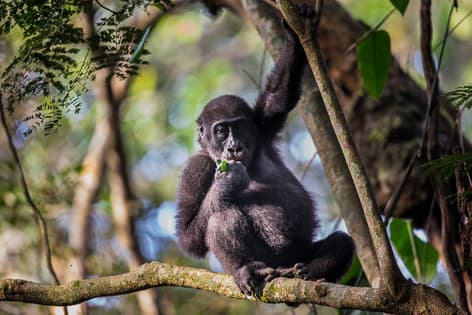
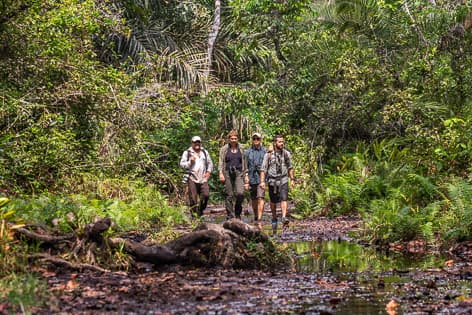
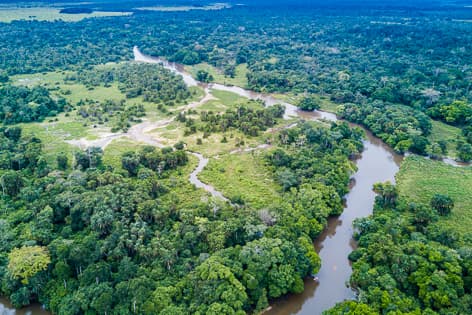
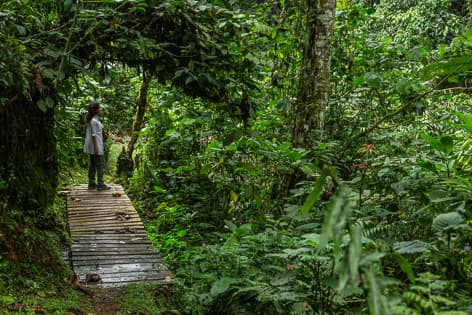
Terrain and ease of trekking
Gorilla trekking can be either surprisingly easy or exceptionally difficult, depending on the day, the weather and your choice of destination. You can trek for hours to locate them, making for a long day of hiking over often difficult terrain in challenging conditions. The vegetation is dense and it can be cold in the mountains, and wet thanks to the mist. The altitude is also quite high (from 1800m to just over 4200m) which can make trekking tiring.
Generally speaking, when it comes to mountain gorillas, Rwanda’s Volcanoes National Park offers the easiest for trekking, thanks to its smaller size and more forgiving terrain. Depending on which gorilla family your permit is issued for, it is possible to encounter them within as little as 30 minutes. Mgahinga in Uganda is the easiest to navigate and is the smallest of all the options.

